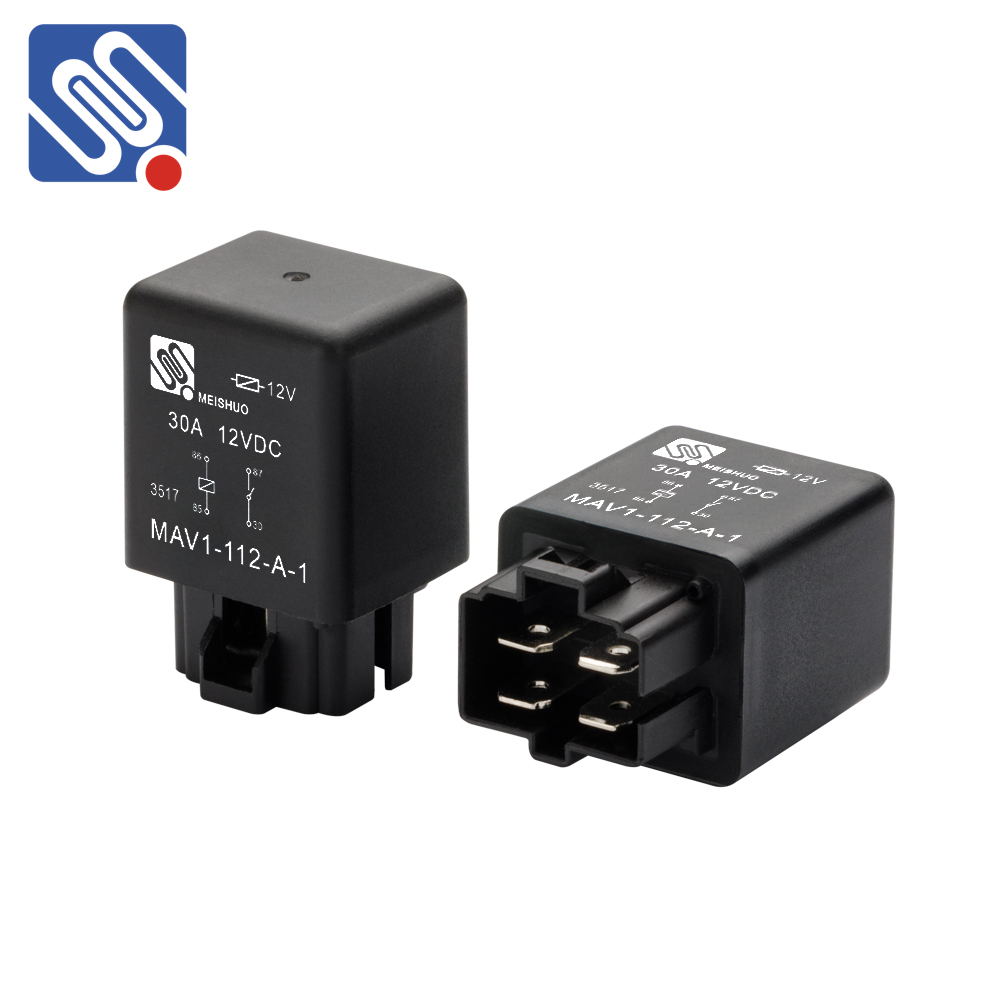Relays are integral components in electrical systems, widely used for switching applications, automation, and protection circuits. Selecting the right relay is crucial for ensuring the efficiency, reliability, and safety of the system. This article will provide a comprehensive comparison of key relay specifications, helping engineers and designers make informed decisions.

1. Contact Configuration One of the first factors to consider in a relay is the contact configuration. Relays come with different types of contact configurations, and each serves a unique purpose depending on the system’s requirements. Normally Open (NO): The relay contact remains open until the relay is activated. When energized, the contact closes, completing the circuit. Normally Closed (NC): The contact is closed in its de-energized state, and it opens when the relay is activated. Single Pole Double Throw (SPDT): This configuration has one common terminal and can switch between a normally open and normally closed contact.